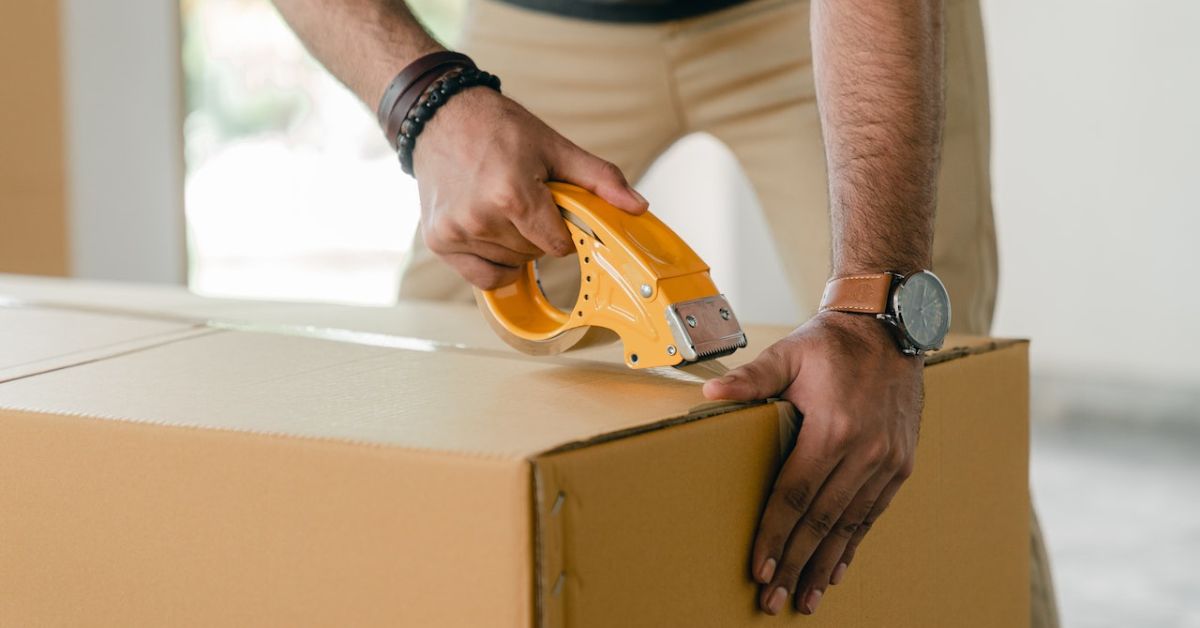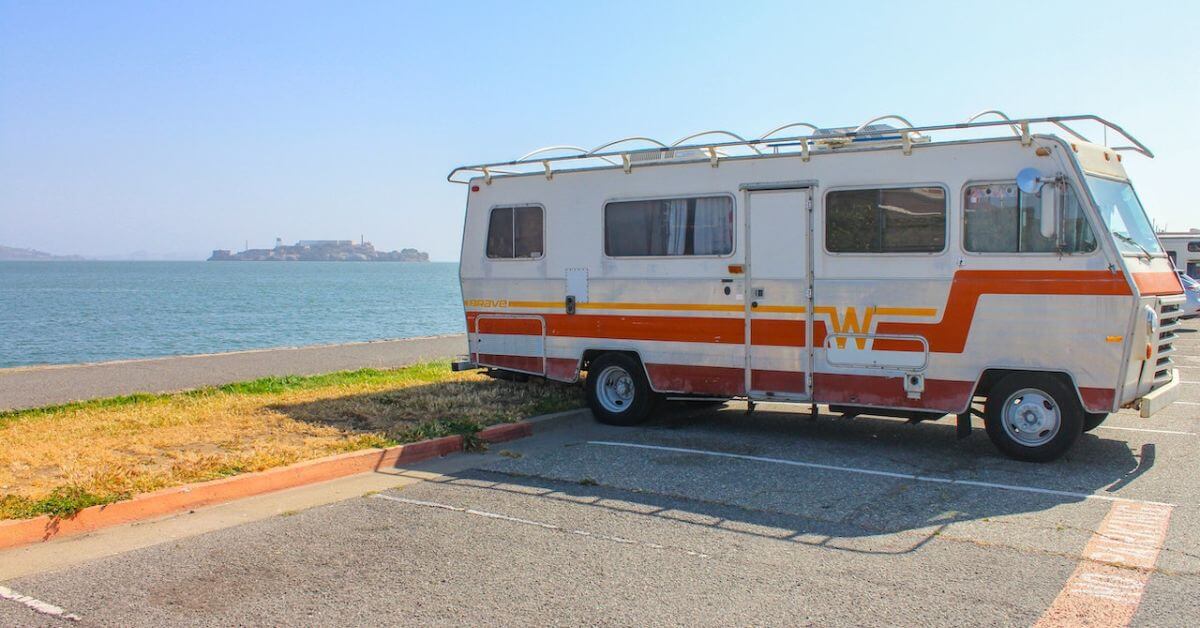In a world where clutter can quickly overwhelm our living spaces, the concept of self-storage has become a savior for those seeking a tidy and organized home. If you’re tired of tripping over misplaced items or battling with the chaos of a cluttered environment, this article is your guiding light to transform your living space into a serene haven. Let’s delve into the art of self-storage and discover the secrets to decluttering and enhancing your home.
 4. Utilize Vertical Space: Maximize your storage unit’s capacity by utilizing vertical space. Install shelves and racks to keep items off the floor and create a more organized layout.
5. Regular Maintenance: Don’t forget to revisit your storage unit periodically. Assess the contents and decide if any items can be donated, sold, or discarded. Keeping it current is the key to long-term organization.
4. Utilize Vertical Space: Maximize your storage unit’s capacity by utilizing vertical space. Install shelves and racks to keep items off the floor and create a more organized layout.
5. Regular Maintenance: Don’t forget to revisit your storage unit periodically. Assess the contents and decide if any items can be donated, sold, or discarded. Keeping it current is the key to long-term organization.
Decluttering Delight: The Benefits of Self-Storage
Before we dive into the nitty-gritty of self-storage, let’s explore why it’s a game-changer for your living space. 1. Amplify Your Space: Self-storage facilities offer an extension of your living area. By securely stashing away items you don’t need daily, you free up valuable space for activities and decor that truly matter. 2. Organization Nirvana: Bid farewell to the stress of searching for lost items. With a systematic approach to self-storage, everything has its place, making retrieval a breeze. 3. Preserve Your Belongings: Climate-controlled storage units ensure your treasured possessions remain in pristine condition. No more worries about the damaging effects of humidity or temperature fluctuations.Unveiling the Art of Self-Storage
Now that you’re acquainted with the perks of self-storage, it’s time to master the art. Here are some invaluable tips to get you started on your journey to a tidier home: 1. Categorize and Conquer: Begin by categorizing your belongings. Create distinct groups for items you frequently use and those that are seasonal or rarely needed. This step lays the foundation for efficient storage. 2. Choose the Right Storage Unit: Select a storage unit that suits your needs. Consider factors like size, location, and security. Remember, a well-chosen unit can make a world of difference. 3. Pack Like a Pro: Invest in sturdy boxes, bins, and packing materials. Label each container clearly to avoid guesswork during retrieval. Use bubble wrap or blankets to protect fragile items. 4. Utilize Vertical Space: Maximize your storage unit’s capacity by utilizing vertical space. Install shelves and racks to keep items off the floor and create a more organized layout.
5. Regular Maintenance: Don’t forget to revisit your storage unit periodically. Assess the contents and decide if any items can be donated, sold, or discarded. Keeping it current is the key to long-term organization.
4. Utilize Vertical Space: Maximize your storage unit’s capacity by utilizing vertical space. Install shelves and racks to keep items off the floor and create a more organized layout.
5. Regular Maintenance: Don’t forget to revisit your storage unit periodically. Assess the contents and decide if any items can be donated, sold, or discarded. Keeping it current is the key to long-term organization.
Transitioning to Tranquility
Now that you’ve embarked on your self-storage journey, it’s essential to maintain a smooth transition towards a tidier home. Transition words, such as “moreover,” “consequently,” and “therefore,” can help guide your readers seamlessly through your content, just as you’ll navigate your way to an organized living space. By following these practical tips and embracing the convenience of self-storage, you’re well on your way to elevating your living space. Say goodbye to clutter-induced stress and hello to a serene and organized home. With a little effort and the right storage solutions, you can transform your living space into a haven of tranquility. Enjoy the newfound peace and serenity of your tidy abode!Lorem ipsum dolor sit amet, consectetur adipiscing elit. Ut elit tellus, luctus nec ullamcorper mattis, pulvinar dapibus leo.



 Insurance
Insurance


 Hull and Exterior Protection
Hull and Exterior Protection
 Steps to Winterize Your RV
Steps to Winterize Your RV